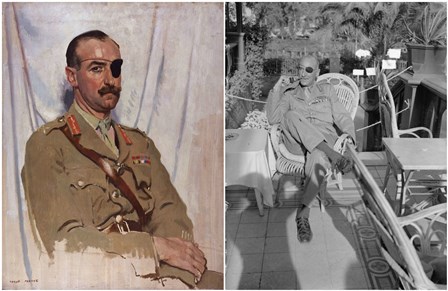Adrian Carton de Wiart was born 5 May 1880, and served in the Boer War, the First World War and the Second World War. His biography is more than strange. He was shot in the head, stomach, face, ankle, hip, leg and ear. He escaped from POW camps. He survived two plane crashes. And he bit off his own fingers when a doctor refused to amputate them
Adrian was an officer in the British Army. His father was from Belgium and his mother from Ireland. He is known as a recipient of the Victoria Cross which is the highest military decoration awarded in many Commonwealth countries.
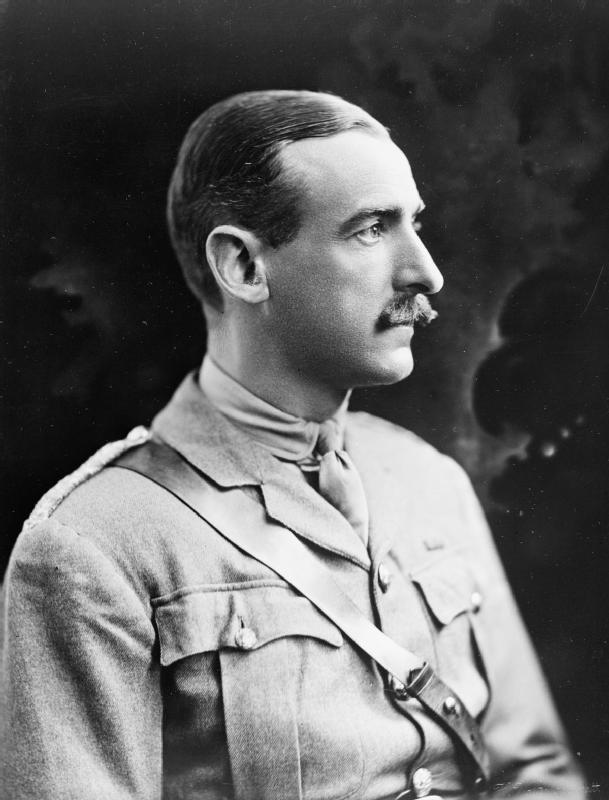
He participated in the Second Boer War where he was wounded in the stomach and groin and he was sent home. When his father found out that his son left college he was furious but he allowed him to stay in the army. The serious wound he got in the Second Boer War just made him tougher than before. Now he got even stronger desire for physical fitness and he played sports, run, jogged. Also, he was well-known because of his bad language, but he was a delightful character.
His stomach wound didn’t prevent him from participating in the First World War. On 15 February he was already in France. He found himself again in a battle. He was now on the western front where he led successively three infantry battalions and a brigade. During the war, he was wounded around seven more times. Once it was really serious which resulted with losing his left hand in 1915. He pulled off his own fingers when a doctor declined to do it. He participated in the Battle of the Somme where he got shot in the skull and in his ankle. He didn’t miss The Battle of Passchendaele where he was shot through the hip. Got shot in the leg at Cambrai and through the ear at Arras. He had to be hospitalized in order to recover his injuries.
When the war was coming to its end he was sent to Poland where he was second in command of a mission led by General Louis Botha. It didn’t take long before he replaced general Botha in the mission to Poland.
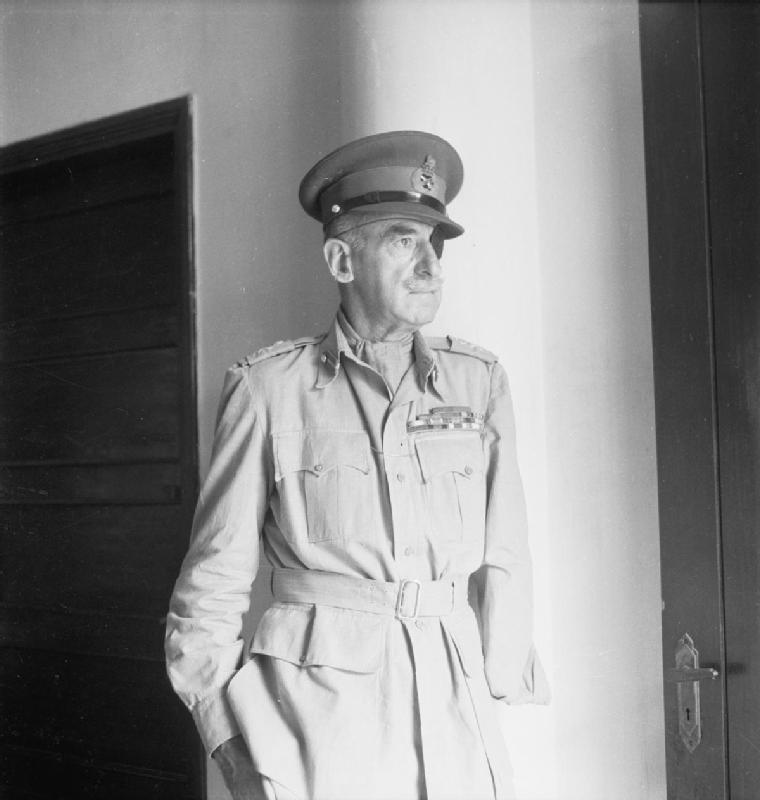
In the spring of 1941, Hitler was planning the invasion of Yugoslavia and Yugoslavia asked for British help. Adrian Carton de Wiart was sent to Belgrade, Serbia to negotiate with the government of Yugoslavia.
After refueling in Malta, the aircraft left for Cairo with enemy territory to the north and south. Both engines failed off the coast of Italian-controlled Libya, and the plane crash landed in the sea about a mile from land. Carton de Wiart was knocked unconscious, but the cold water revived him. When the plane broke up and sank, he and the rest aboard were forced to swim to shore. They were captured by the Italian authorities.
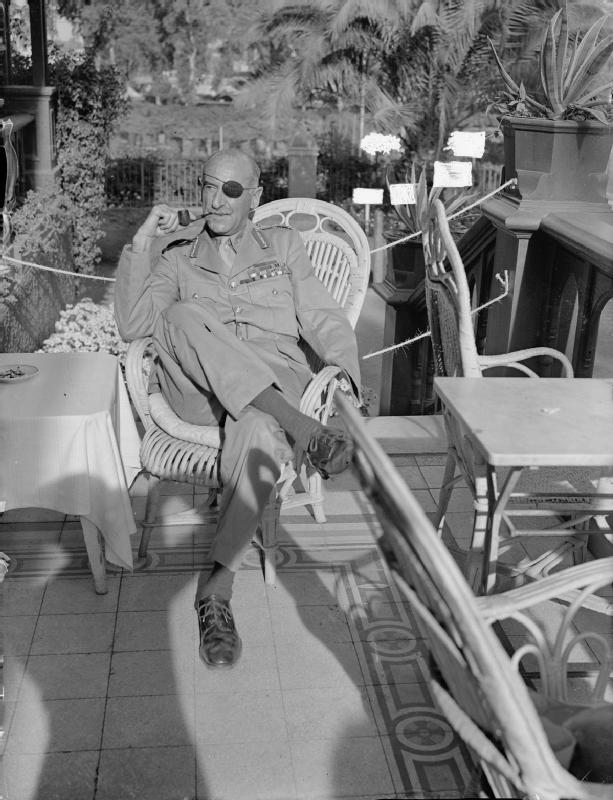
Carton de Wiart was a high-profile prisoner, so he was transferred to a special prison for senior officers at Castello di Vincigliata. He made five attempts to escape including seven months building a tunnel. Once Carton de Wiart evaded capture for eight days disguised as an Italian peasant (he was in northern Italy, could not speak Italian, and was 61 years old, with an eye patch, one empty sleeve and multiple injuries and scars). The Italian government was secretly planning to leave the war and wanted Carton de Wiart to send the message to the British Army about a peace treaty with the UK, so he was released.
He also participated in the Cairo Conference in 1943. You can spot him in the famous picture of the conference in Cairo standing behind the leaders.
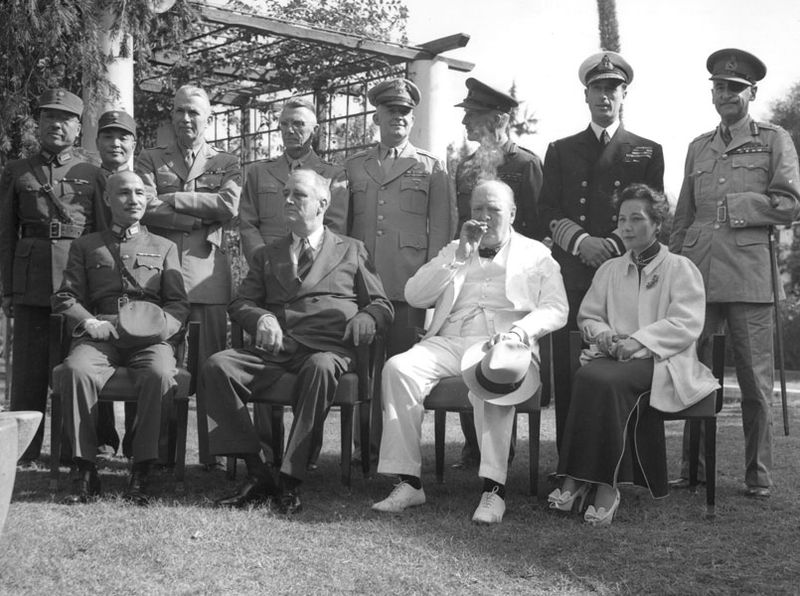
At the end of the war, after the Japanese surrender in August 1945, Carton de Wiart flew to Singapore to participate in the formal surrender. A visit to Tokyo to meet General Douglas MacArthur came at the end of his tenure. He was now 66 and ready to retire, despite the offer of a job by Chiang. Carton de Wiart retired in October 1947, with the honorary rank of lieutenant-general.
Despite having seen enough action to last other men a lifetime, his spirit was undimmed. “Frankly, I enjoyed the war,” he wrote in his autobiography Happy Odyssey.
